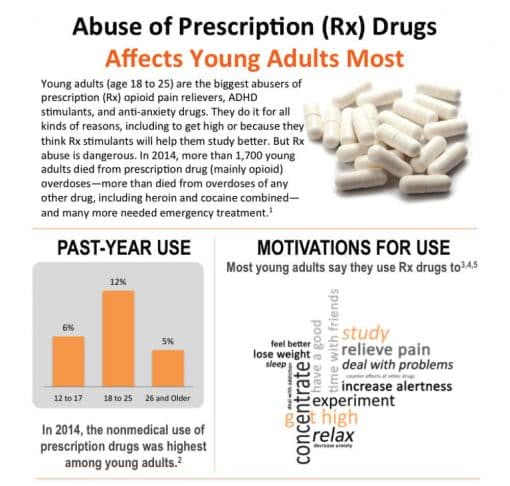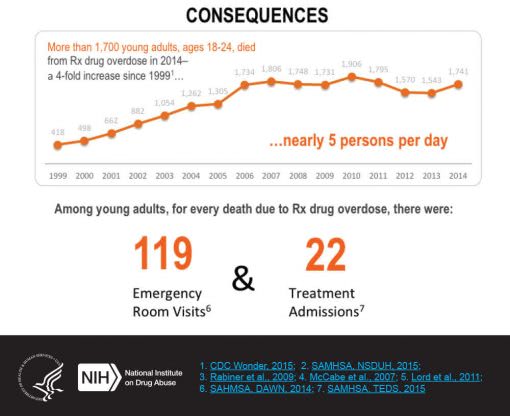As a nation, we are becoming increasingly aware that alcoholism (or excessive use of alcohol) and drug addiction, are at epidemic levels—you only need to switch on the television to see the devastating effects amongst loved ones and within our communities. The statistics are alarming: deaths from drug and alcohol abuse are increasing year-over-year and it is costing the economy $249 billion. It begs the question what can be done to make a change, and to intervene early enough so that people need not lose a life? This post explores the nature of alcohol and drug abuse, the signs to look for, and some of the options available.
What is excessive use of alcohol?
The Centers for Disease Control and Prevention (CDC) defines excessive use of alcohol as:
- Binge drinking (consuming 4 or more alcoholic beverages per occasion for women, or 5 or more drinks per occasion for men).
- Heavy drinking (consuming 8 or more alcoholic beverages per week for women or 15 or more alcoholic beverages per week for men).
- Any drinking by pregnant women or those younger than age 21.
Excessive use of alcohol statistics
The CDC estimates that excessive alcohol use leads to approximately 88,000 deaths each year; shortening the lives of those who died by an average of 30 years. Further, excessive drinking was responsible for 1 in 10 deaths among working-age adults aged 20-64 years.
Drug addiction statistics
According to an article just published by The New York Times, it is estimated that drug overdose deaths in 2016 exceeded 59,000*—an increase of 19% from 2015.
The economic and financial implications of drug and alcohol abuse
The economic costs of excessive alcohol consumption in 2010 was estimated at $249 billion.
From an organization perspective, drug abuse and addiction cost U.S. companies around $100 billion every year, according to labor and accident insurance statistics. The National Council on Alcoholism and Drug Dependence (NCADD) state that more than 70 percent of those abusing illicit drugs in America are employed—as are most binge drinkers.
It is safe to say that these facts are alarming and impactful. There are national campaigns run by a number of organizations and government agencies (CDC, The Surgeon General) as a preventative measure, and to help limit damage.
What are the signs of drug use or excessive use of alcohol?
As an employer, do you know what signs to look out for before it starts costing your organization?
While it is important for management to bear in mind that sub-standard work is not always drug or alcohol related, there are some common signs of alcohol or substance abuse. The following indicators can highlight to employers that a conversation with the employee may be required. In an attempt to identify the reasons behind the worker’s change in behavior and productivity:
- There is a decline in personal appearance or hygiene. Is the employee wearing the same clothes as the day before, or is body odor becoming prevalent?
- They complain of difficulties in relationships, or at home.
- They are increasingly taking time off work for illness or family issues.
- They are becoming less punctual in their arrival at work, or asking to leave early. Do they come up with excuses which don’t seem plausible?
- They seem tired and lethargic throughout the day.
What can employers do if you suspect an employee is using drugs or alcohol?
There are a number of options available ranging from drug/alcohol testing, performance reviews, to dismissal. According to The Surgeon General, in The National Prevention Strategy there are a number of actions that businesses and employers can do:
- Implement policies that facilitate the provision of SBIRT (Screening, Brief Intervention, and Referral to Treatment or offer alcohol and substance abuse counseling through employee assistance programs.
- Include substance use disorder benefits in health coverage and encourage employees to use these services as needed.
- Implement training programs for owners, managers, and staff that build knowledge and skills related to responsible beverage service.
What options available to employers?
It is worth noting that the Federal Americans with Disabilities Act (ADA) and many similar state statutes consider alcoholism to be a protected disability, and therefore the subject should be approached with caution. The ADA specifically states that you can hold alcoholics to the same performance and conduct standards as all other employees. But before heading down the disciplinary, drug testing, or performance route, it might be worth considering what you can do to be more supportive.
More often than not, if someone is approached with empathy in an environment where they feel they can be open, they are more likely to share what is going on for them. From that place you can be supportive, and your human resources department can compile data about help sites, local clinics, mentors, advisers, and groups such as Alcoholics Anonymous (AA), or advise on the appropriateness of an Employee Assistance Program. The employer can then reference such help and reach an agreement with the employee that helps improve the situation, instead of leaving it solely up to the employee to find help or be fired.
People who suffer with addiction live a life of shame, guilt, remorse, and fear. More often than not, a helping hand and a supportive ear, can go a long way toward getting them the help they need.
If the employee is less than forthcoming about the problem and seems defensive, then the more formal route may be the only option available. Employers, of course, can issue official warnings that an employee performing below expectations will be terminated if that employee does not amend their performance. It is also possible to ban alcohol from the workplace or incorporate random drug and alcohol testing. Your human resources department will be able to advise you on the most appropriate course of action.
*The Centers for Disease Control and Prevention will not be able to calculate final numbers until December.
Biography:
Writer and wellness advocate, Olivia Pennelle (Liv), is in long-term recovery. Liv passionately believes in a fluid and holistic approach to recovery. Her popular site Liv’s Recovery Kitchen is a resource for the journey toward health and wellness in recovery. For Liv, the kitchen represents the heart of the home: to eat, share, and love. You will find Liv featured amongst top recovery writers and bloggers, published on websites such as: Recovery.Org, The Fix, Intervene, Workit Health, iExhale, Sapling, Addiction Unscripted, Transformation is Real, Sanford House, Winward Way & Casa Capri.
Sources:
Fact Sheets – Preventing Excessive Alcohol Use, 2016. Centers for Disease Control and Prevention
Alcohol Related Disease Impact (ARDI), 2013. Centers for Disease Control and Prevention.
Drug Deaths in America Are Rising Faster Than Ever. The New York Times, June 5, 2017.
Excessive Drinking Costs U.S. $223.5 Billion, 2014. Centers for Disease Control and Prevention.
Binge Drinking, 2012. Centers for Disease Control and Prevention.
Economic Status and Abuse. National Council on Alcoholism and Drug Dependence (NCADD).
Preventing Drug Abuse and Excessive Alcohol Use, Surgeon General, US Department of Health and Human Services
Drinking On The Job? Five Things Employers Need To Know In The Wake Of The USC Football Coach Controversy, October 2015. Fisher Phillips.



 n
n

